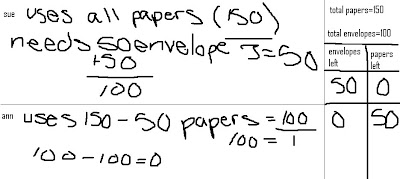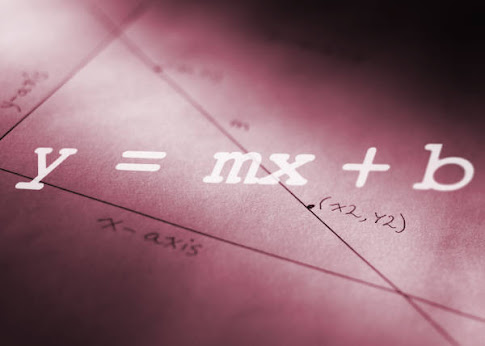A Day at the Fairs
The problem this week is an old one, in fact over 500 years old. It goes back to the days in Europe when fairs were common in many cities, and merchants would travel from city to city, selling their various goods and buying other items they desired.
It seems that a humble merchant visited three fairs. At the first fair, early in the morning, he doubled his money selling his products, but spent $30 in food and buying other items.
At midday at the second fair, he tripled his money and spent $54. At the third fair in the afternoon he quadrupled his money but spent $72.
Upon his return home to his wife and ten children, late that day, he counted the money he had in his bag; there was $48.
 Now, if the merchant returned home with a profit his wife was happy and she was sad if he returned home with less money than when he started with. So tell me: was his wife happy or sad when he returned? And how much did the man gain or lose, respectively?
Now, if the merchant returned home with a profit his wife was happy and she was sad if he returned home with less money than when he started with. So tell me: was his wife happy or sad when he returned? And how much did the man gain or lose, respectively?
Remember: although this type of problem could be solved by guess-&-check or reverse analysis, such an approach will not be accepted here. (You may use them separately to verify your answer; however substitution would be the best way to check your answer.) You must construct an equation for credit. Make sure to label the steps for your solution.
Extra Credit (this is very easy this week don’t over look the opportunity!): If you did your work straightforwardly, your next-to-last step of equation work was of the form (m) x = n. The number “n” is in some way rather interesting; what is it? Good Luck Ms. L.
Many of you were on the right track. Many of you simply forgot the last step. Here is what it should look like. Our good buddy the merchant's wife was happy because the merchant made $19.
We start with the variable “m”, which is the money the merchant began with. During the first fair of trading, he doubled his money, but spent $30of that amount. This expression is: (2m-30)
During the second fair, the merchant tripled his money, but again spent $54. We keep our first expression and add on because he performed these action on the given money from the first fair, which looks like this: [3(2m-30)-54]
During the third and final fair, the merchant quadrupled his money,and again spent $72. We are just adding on again so the full expression for all three fairs looks like this: {4[3(2m-30)-54]-72}
When he went back home to his wife and ten children, he counted his money and found that he had $48. This amount after all the buying selling occurs is what we have left so it is what our expression “equals”, which looks like this: {4[3(2m-30)-54]-72}=48
Now we can just distribute (one of my favorite things to do,) to find our answer.
{4[3(2m-30)-54]-72}=48 (distribute the 3)
{4[6m-90-54]-72}=48 (distribute the 4)
{24m-360-216-72}=48 (Add like terms)
24m-648=48 (Add 648 to both sides)
24m=696 (divide both sides by 24)
m=29
Now we know that the merchant started out the day with $29 and ended up with $48, this gives him a profit of $19. That makes his wife happy(although, I don't know how long $19 will last on 10 children).
Extra Credit: The next-to-last step is where Ax=B (24m=696) is interesting because B (696) is a palindrome. If you do not know what a palindrome is please look it up, it is not just a Language Arts phenomenon. :-)









 Now, if the merchant returned home with a profit his wife was happy and she was sad if he returned home with less money than when he started with. So tell me: was his wife happy or sad when he returned? And how much did the man gain or lose, respectively?
Now, if the merchant returned home with a profit his wife was happy and she was sad if he returned home with less money than when he started with. So tell me: was his wife happy or sad when he returned? And how much did the man gain or lose, respectively?


